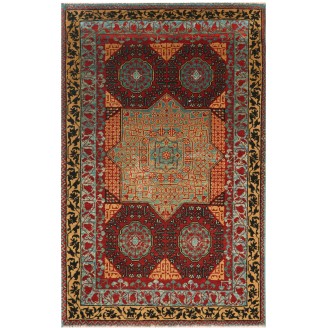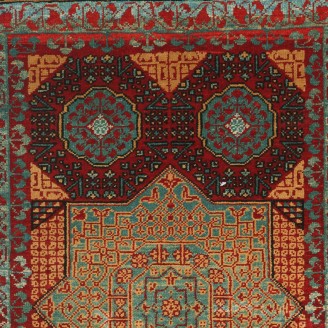Mamluk Prayer Rug
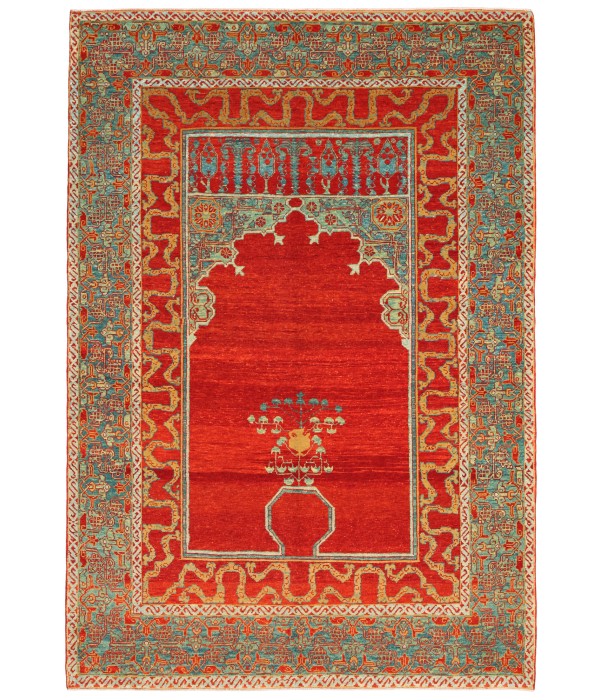
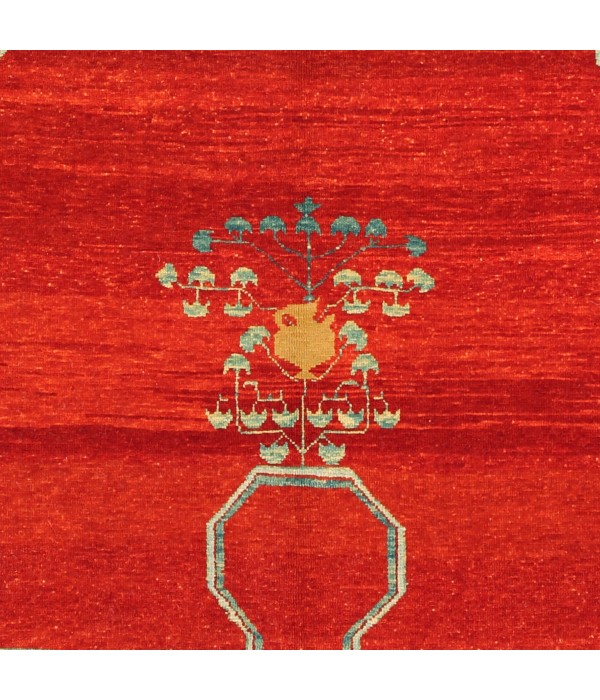
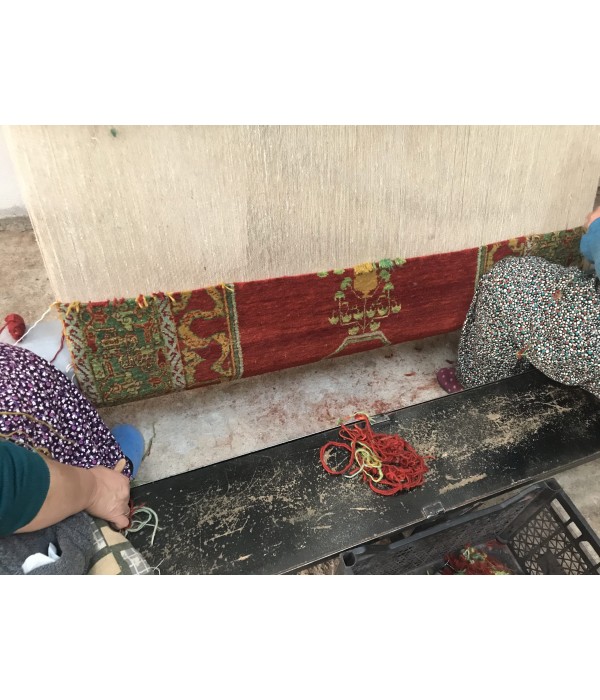
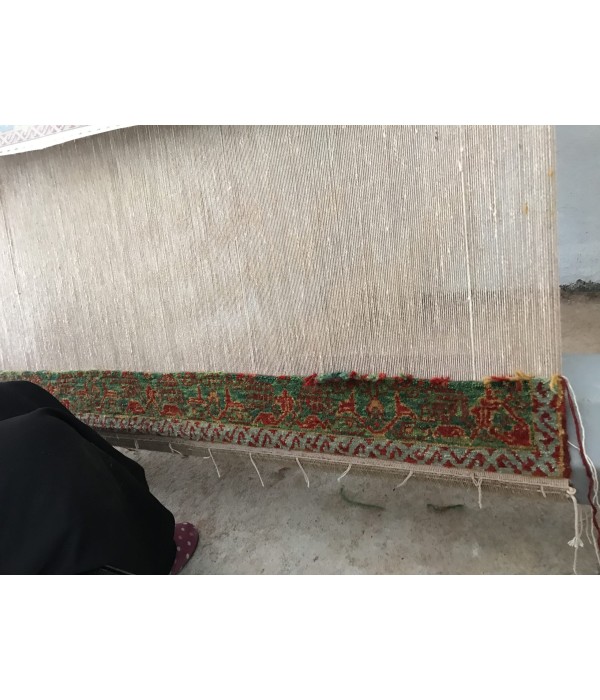
Out Of Stock
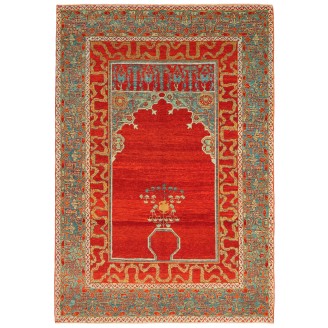
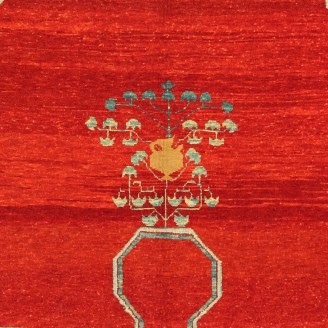
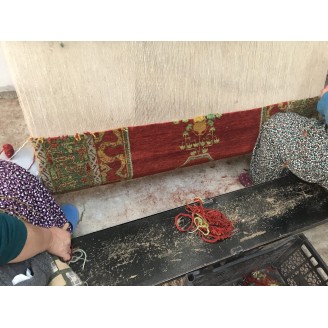
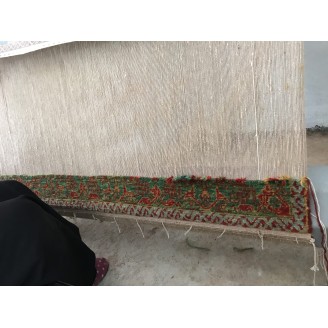
Model: ART00147Mamluk Prayer Rug
Group: Islamic Rugs Family
Area: Mamluk
Material of Pile: Natural Dyed Hand-spun Wool
Material Warp / Weft: Wool on Wool
Structure: Symmetrical knot on depressed warp inclining to the right
Knots Density: 39x39
Pile (mm): 4
Production Place: Southeastern Anatolia – Adiyaman Province
Location: Tokyo
Stock: Out Of Stock
Dimensions:
The source of the rug comes from the Museum of Islamic Art at the Pergamon Museum, Berlin, Germany. This prayer rug with cloudbands was designed in the early 16th-century rug by Mamluk Sultane of Cairo, Egypt. This carpet demonstrates through its design that it belongs to the group of prayer rugs. The inner area is adorned with a red-colored arch-shaped mihrab (prayer niche). Placed in front of the niche is a basin, seen from above, from which emerges a small tree with green leaves, rendered in a semi-abstract design with fine lines. A small yellow jug with a handle and short spout has been incorporated into the center of the tree. This jug may relate to Sura 5 verse 8 of the Qur’an, which mentions the obligation of ablutions to be undertaken before prayer. Green-coloured, eight-pointed plaited stars can be seen in the corners of the mihrab arch. Above the mihrab is a rectangular space filled with palms and cypresses. Two borders frame the inner area. The thinner border is filled by a decorative cloud-motif band. This cloud-motif band is a common feature of Ottoman art since the AH 9th and 10th / AD 15th and 16th centuries, and it originated in China. On this rug, the yellow cloud-motif bands are displayed over a red background and are positioned very close to one another. The rug’s wider border consists of a continuous tendril-like interlacing band involving plant motifs, over a light-green background.The rug’s symbolism derives from the connection between the mihrab motif and that of the garden of Paradise, which is perhaps what is being illustrated on the rug through the pool of water and the tree. Paradise, described as a wonderful garden, is promised at different points throughout the Qur’an to those who believe in the Islamic faith. Followers of Islam will one day arrive and stay in this garden full of lovely streams, wonderful plants, and beautiful young virgins (Huris).Prayer rugs from Cairo are frequently mentioned in the sources, but this particular rug is the only surviving Mamluk prayer rug. It is particularly noteworthy for its incorporation of Mamluk motifs with those derived from Ottoman art, hence the reason for dating it to around AH 900 / AD 1500 or a little later.Mamluk rugs can be seen in Italian paintings from the 15th and 16th centuries and moreover are mentioned in a great number of sources. During this period there was also a flourishing trade between Mamluk Cairo and Italy. The design of the rug is interpreted by our designers, and the most appropriate colors to match the original are used for this rug.
Color summary: 5 colors in total, most used 4 colors are;
Color summary: 5 colors in total, most used 4 colors are;
- Imperial Red 426 (Madder Root)
- Cadet Blue 26 (Spurge - Indigo)
- Sunray Color 405 (Henna)
- Emerald Green 407 (Chamomile - Indigo)
Dimensions:
4 ft 8 in x 6 ft 9 in ( 143cm x 207cm )
Price:
$5,100
Ex Tax: $5,100

